Most patients who have moderate to severe CMT disease can be helped with surgery. Clawed toes can be straightened, high arched feet can be flattened, and unstable ankles can be tightened. Many patients are wary of having surgery because of misconceptions of what is involved. Historically, the only surgery that was offered to a person with CMT was a fusion of one or more joints in the foot. We have made great strides over the past decade, and now, even a fusion of one joint is rarely required. Instead, early intervention (with osteotomies to correct boney malalignment, tendon transfers to balance the foot, and ligament reconstruction to stabilize the ankle), provide marked improvement in function and often prevent further deformity.
CMT Surgery Focuses on Forefoot Deformity, Cavus Foot, Ankle Laxity, and Tendon Imbalance
In the forefoot, as the intrinsic muscles in the foot and the Tibialis Anterior muscle in the leg weaken, the toes begin to claw. The metatarsal-phalangeal joints hyperextend and the small joints of the toes flex. Metatarsalgia, pain on the ball of the foot, develops as the deformity places downward pressure on the heads of the metatarsals and the protective fat pad beneath them is pulled distally by the upturning toes. Walking becomes painful and wearing shoes becomes difficult. Cushioned orthotics, shoe modification with a rocker bottom sole and an extra-depth toe box can help alleviate early symptoms. Over time, the deformity becomes fixed and conservative treatment no longer helps. Surgery can correct the deformity and markedly diminish symptoms. We transfer the extensor tendons of the toes to the midfoot, so that their pull is no longer a deforming force and adds power to dorsiflexion of the ankle. Release of soft tissue contractures straightens the metatarsal-phalangeal joints and the toes. Three weeks postoperatively patients start their return to pain-free walking and normal shoe wear.
Correcting a High Arch
The cavus, high arched foot of CMT, causes an unstable gait, plantar foot pain and a predisposition to ankle sprains. Surgery for this problem is very rewarding in that it flattens the foot, distributes the stress more evenly across the plantar aspect of the foot, and repositions the heel beneath the weight bearing axis of the leg. Typically, the orthopaedic surgeon elevates the first metatarsal with an osteotomy at its base, divides the plantar fascia to allow the high arch to settle into a flatter position, and straightens the in-turned varus heel by removing a small pie shaped wedge laterally. If the ankle ligaments are lax, as a result of the multiple sprains and years of uneven gait, they can easily be tightened during the same surgery. The results are uniformly excellent, as patients experience a significant decrease in pain and an increase in endurance and stability of gait. A return to normal shoe wear is an additional benefit.
The Benefits of Tendon Transfers
Tendon transfers are a salient component of CMT surgery. If performed during the early phases of the disease process, progression of the deformity can often be minimized. The most typical transfer is the Peroneus Longus to the Peroneus Brevis tendon. In patients with CMT, the Longus often maintains its strength while the Brevis weakens, creating a deforming force on the medial midfoot. Transfer of the tendon to the lateral side of the foot at the Brevis insertion eradicates the deformation and increases stability during standing and gait. Even patients with a flaccid paralysis of most muscle groups in the leg can benefit from a tendon transfer. A transfer of the Posterior Tibial tendon, for example, can increase ankle strength and often negate the use of a drop foot brace.
All of these operations can be performed as an outpatient under regional anesthesia, which is preferable to most patients. They have complete pain relief for 24 – 72 hours postoperatively from the block, and easily control their residual symptoms with a combination of short- and long-acting narcotics. By three to six weeks after surgery, an over-the-counter walking shoe can be used.
Twenty years ago I operated on my first patient with CMT. She was 25 years old and had pain with every step. She used a cane. I recently received a letter from her. “My new foot felt like a miracle,” she wrote, “I was able to walk barefoot for the first time since I was 16 years old. I was no longer embarrassed to let others look at my feet and I am finally wearing normal shoes, even a small heel. Thank you for giving me back my feet.”
Glenn B. Pfeffer, MD, is an Orthopaedic Foot and Ankle specialist, Director of Cedars-Sinai CMT/Hereditary Neuropathy Center, and Past-President of the American Orthopaedic Foot and Ankle Society

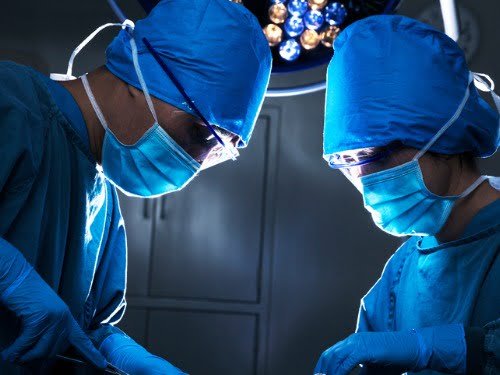


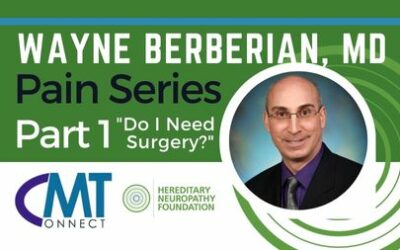
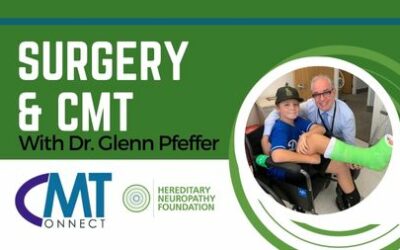



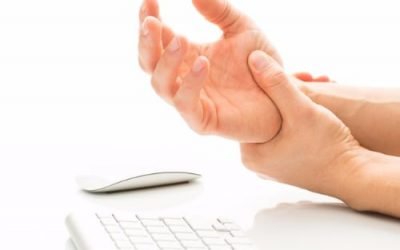
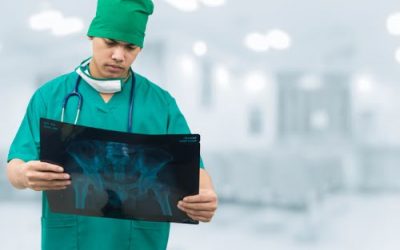

I have had several corrective foot surgeries, including titanium in both big toes to create bone fusion. The continued deformity caused the plate to break through the skins and removal operation was required. I a member of HNF and never heard of you or your methods. I don’t want any more surgeries that will take months to heal with no positive results. I get new orthodics every six months and constantly have to get them off loaded. What kind of candidate am I, going to be 80 years old this year. What can you possibly do for me??
Glenn B. Pfeffer, MD preformed the surgery on my left foot 10/27/21. I am planning on going to see him in the beginning of October 2022.
Glenn B. Pfeffer, MD preformed the surgery on my lft foot 10/27/21. I am planning on going to see him in the beginning of October 2022.